Home>Renovation & DIY>Home Renovation Guides>How Many Times A Year Do You Remodel Or Do Home Improvements?
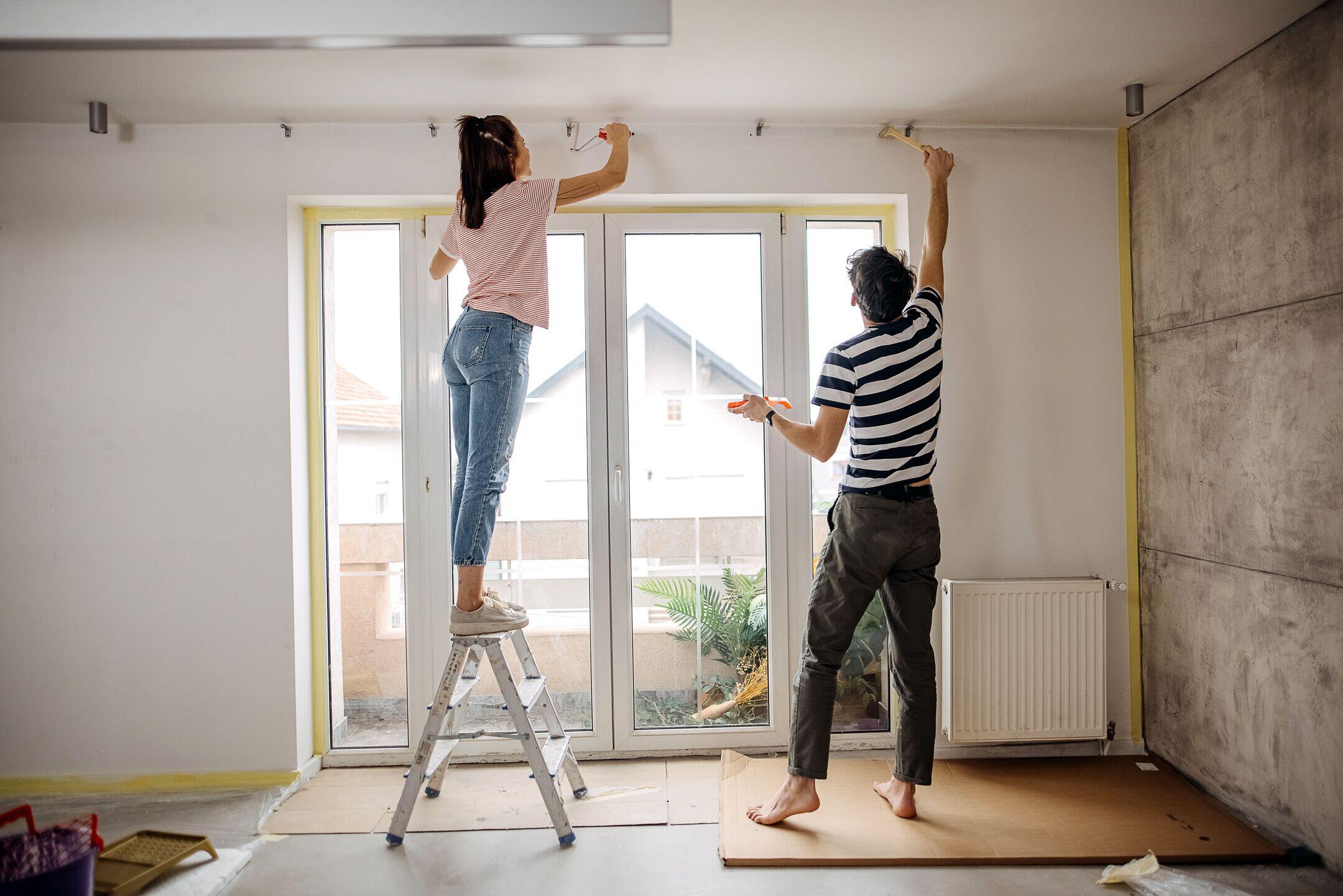

Home Renovation Guides
How Many Times A Year Do You Remodel Or Do Home Improvements?
Modified: October 20, 2024
Discover expert home renovation guides and tips to help you plan and execute your projects efficiently and effectively. Learn how to make the most of your remodeling efforts.
(Many of the links in this article redirect to a specific reviewed product. Your purchase of these products through affiliate links helps to generate commission for Storables.com, at no extra cost. Learn more)
Introduction
Home remodeling and improvement projects are essential for maintaining a comfortable and aesthetically pleasing living space. Whether it's enhancing the functionality of a kitchen, updating the design of a bathroom, or revamping the outdoor landscape, homeowners often find themselves contemplating the frequency of these endeavors. The decision to remodel or improve a home can be influenced by a myriad of factors, including personal preferences, budget constraints, and the desire to increase property value. Understanding the average frequency of home remodeling and the various factors that contribute to it can provide valuable insights for homeowners looking to embark on such projects. In this article, we will explore the factors influencing the frequency of home remodeling, the average frequency of home remodeling, popular home improvement projects, the cost of home remodeling, and the benefits of regular home improvements. Whether you're a seasoned homeowner or a first-time buyer, this guide aims to shed light on the intricacies of home remodeling and improvements, empowering you to make informed decisions about the upkeep and enhancement of your living space.
Key Takeaways:
- Regular home improvements, like kitchen and bathroom renovations, enhance comfort, save energy, and increase property value, providing lasting satisfaction for homeowners.
- Factors like lifestyle changes, wear and tear, and design trends influence the frequency of home remodeling, guiding homeowners in making informed decisions about when to embark on such endeavors.
Factors Influencing Frequency of Home Remodeling
Several factors contribute to the frequency of home remodeling and improvement projects. Understanding these influences can help homeowners gauge when it might be time to embark on a renovation journey. Here are some key factors that can influence the frequency of home remodeling:
- Lifestyle Changes: Major life events such as marriage, the birth of a child, or children leaving the nest often prompt homeowners to remodel their homes to accommodate these changes. For instance, creating additional bedrooms, expanding living spaces, or adding a home office may be necessary adjustments.
- Wear and Tear: The natural aging of a home, along with wear and tear from daily use, can necessitate regular remodeling. This includes replacing worn-out flooring, updating appliances, and addressing structural issues to maintain the integrity and safety of the home.
- Design Trends: Evolving design trends and personal style preferences can inspire homeowners to update their living spaces to reflect current aesthetics. This may involve refreshing paint colors, modernizing fixtures, or reconfiguring layouts to achieve a more contemporary look.
- Energy Efficiency: With a growing emphasis on sustainability and energy efficiency, homeowners often undertake remodeling projects to install eco-friendly features such as energy-efficient windows, insulation, and appliances, which can lead to long-term cost savings.
- Property Value: Homeowners looking to increase the resale value of their property may engage in periodic remodeling to enhance curb appeal, modernize amenities, and address any functional or aesthetic deficiencies that could deter potential buyers.
- Maintenance and Repairs: Routine maintenance and addressing repairs in a timely manner can prevent minor issues from escalating into major problems, making regular home remodeling a proactive approach to preserving the condition of the property.
These factors, among others, can significantly influence the frequency of home remodeling and improvement projects, guiding homeowners in making informed decisions about when to embark on such endeavors.
Average Frequency of Home Remodeling
The frequency of home remodeling can vary widely depending on individual circumstances, preferences, and the specific needs of each home. While there is no one-size-fits-all answer to how often homeowners should remodel, industry insights and surveys provide valuable indicators of average remodeling frequencies.
According to the National Association of Home Builders (NAHB), the typical homeowner undertakes a major home remodeling project approximately once every ten years. This timeline often coincides with life events such as reaching a certain stage in homeownership, changes in family dynamics, or the desire to refresh the living environment. However, it’s important to note that minor remodeling and maintenance tasks may occur more frequently, such as refreshing paint, updating fixtures, or addressing small repairs.
Furthermore, the frequency of home remodeling can also be influenced by regional trends, economic conditions, and the age of the property. Older homes may require more frequent remodeling to address aging infrastructure and outdated features, while newer homes might undergo remodeling less frequently due to their modern amenities and structural integrity.
Individual homeowner preferences and priorities also play a significant role in determining the frequency of remodeling. Some homeowners are more inclined to embark on regular projects to keep up with design trends and maintain a fresh aesthetic, while others may prioritize functional upgrades and only remodel when necessary.
Ultimately, the average frequency of home remodeling is a dynamic concept that is shaped by a multitude of factors, making it essential for homeowners to assess their unique needs and consider the condition of their homes when determining the most suitable timing for remodeling projects.
Popular Home Improvement Projects
Home improvement projects encompass a diverse range of endeavors aimed at enhancing the functionality, aesthetics, and value of a property. From small-scale upgrades to large-scale renovations, homeowners have a myriad of popular projects to consider when seeking to improve their living spaces. Here are some of the most popular home improvement projects:
- Kitchen Remodeling: Renovating the kitchen is a highly sought-after project, often involving updates to cabinetry, countertops, appliances, and flooring. Many homeowners view the kitchen as the heart of the home and prioritize creating a functional and visually appealing space.
- Bathroom Renovation: Upgrading bathrooms to enhance comfort and modernize fixtures is a common home improvement project. This may include installing new showers, bathtubs, vanities, and tiling, as well as improving lighting and ventilation.
- Outdoor Living Spaces: Creating inviting outdoor living areas, such as decks, patios, and landscaping improvements, allows homeowners to extend their living spaces into the outdoors, providing opportunities for relaxation and entertaining.
- Energy-Efficient Upgrades: Installing energy-efficient features such as windows, insulation, HVAC systems, and solar panels can reduce utility costs and minimize the environmental impact of the home.
- Room Additions: Expanding living space by adding rooms, such as a home office, guest bedroom, or entertainment area, is a popular project for homeowners seeking to accommodate changing needs or increase property value.
- Interior Painting and Flooring: Refreshing interior spaces with new paint, flooring, or refinishing existing surfaces can significantly impact the overall look and feel of a home without undertaking major renovations.
- Curb Appeal Enhancements: Improving the exterior of the home through landscaping, siding upgrades, entryway enhancements, and exterior lighting can elevate the curb appeal and overall aesthetic of the property.
These popular home improvement projects cater to a wide range of homeowner needs and preferences, allowing individuals to customize their living spaces to align with their lifestyle and aesthetic aspirations. Whether aiming to improve functionality, increase energy efficiency, or enhance visual appeal, these projects offer opportunities for homeowners to transform their living environments to better suit their evolving requirements.
Consider budgeting for home improvements by setting aside a small amount each month. This can help spread out the cost and make it more manageable.
Cost of Home Remodeling
The cost of home remodeling can vary significantly based on the scope of the project, the materials used, labor expenses, and the geographic location of the property. Understanding the potential costs associated with remodeling projects is crucial for homeowners planning to undertake such endeavors. Here are some key factors that contribute to the overall cost of home remodeling:
- Project Scope: The scale and complexity of the remodeling project heavily influence the overall cost. Major renovations, such as kitchen or bathroom remodels, room additions, or structural modifications, generally entail higher expenses compared to smaller-scale upgrades like painting or minor fixture replacements.
- Materials and Fixtures: The quality and type of materials and fixtures chosen for the project significantly impact the total cost. Opting for premium materials, custom features, and high-end appliances can substantially increase expenses, while choosing cost-effective alternatives may help control the budget.
- Labor Costs: Hiring professionals for construction, electrical, plumbing, and other specialized services adds to the overall expenses. Labor costs can vary based on the expertise of the professionals, project duration, and prevailing wage rates in the local market.
- Permits and Regulations: Obtaining necessary permits and complying with building codes and regulations can incur additional costs. It’s essential for homeowners to factor in permit fees and potential expenses related to meeting regulatory requirements when budgeting for remodeling projects.
- Unforeseen Issues: Remodeling projects may uncover unexpected structural issues, electrical problems, or plumbing complications, leading to additional costs to rectify these unforeseen challenges.
While the cost of home remodeling can vary widely, it’s beneficial for homeowners to conduct thorough research, obtain multiple quotes from reputable contractors, and carefully consider the trade-offs between cost and quality when planning their projects. Setting a realistic budget and allowing for contingencies can help mitigate financial surprises and ensure a smoother remodeling experience.
Read more: How Do You Add Home Improvements On Zillow?
Benefits of Regular Home Improvements
Engaging in regular home improvements offers a multitude of benefits that extend beyond the immediate enhancements to the living space. From enhancing comfort and functionality to increasing property value, the advantages of consistent upkeep and remodeling are significant. Here are some key benefits of regular home improvements:
- Enhanced Comfort and Functionality: Regular improvements allow homeowners to tailor their living spaces to better suit their evolving needs, enhancing comfort and functionality. Whether it’s optimizing storage, improving layout flow, or modernizing amenities, these improvements can significantly enhance daily living experiences.
- Increased Property Value: Well-planned and executed home improvements can boost the resale value of a property. Upgraded kitchens, bathrooms, energy-efficient features, and appealing outdoor living spaces are attractive selling points that can command higher prices in the real estate market.
- Energy Efficiency and Cost Savings: Implementing energy-efficient upgrades, such as insulation, windows, and appliances, can lead to long-term cost savings through reduced utility bills. Additionally, eco-friendly features contribute to a smaller environmental footprint, aligning with sustainable living practices.
- Modernized Aesthetic Appeal: Regular improvements enable homeowners to keep pace with design trends and maintain a fresh, modern aesthetic. This can create a more inviting and visually appealing environment, reflecting personal style preferences and enhancing overall satisfaction with the home.
- Preventative Maintenance: Addressing maintenance and repair needs in a timely manner can prevent minor issues from escalating into major problems, ultimately saving homeowners from costly repairs and preserving the integrity of the property.
- Personal Enjoyment and Pride of Ownership: A well-maintained and thoughtfully improved home provides a source of pride and personal enjoyment for homeowners. Creating a space that reflects individual tastes and meets practical needs contributes to a sense of contentment and fulfillment.
By embracing regular home improvements, homeowners can enjoy a host of benefits that contribute to their well-being, financial security, and overall satisfaction with their living environment. Whether aiming to create a more energy-efficient home, increase property value, or simply enhance daily comfort, the rewards of consistent home improvements are both tangible and enduring.
Conclusion
Home remodeling and improvement projects are integral aspects of homeownership, offering opportunities to enhance comfort, functionality, and property value. The decision to undertake these endeavors is influenced by a myriad of factors, including lifestyle changes, wear and tear, design trends, energy efficiency goals, and the desire to maintain and increase property value. While there is no definitive timeline for remodeling, industry insights suggest that major home remodeling projects are typically undertaken once every ten years, with smaller-scale maintenance and upgrades occurring more frequently.
Popular home improvement projects encompass a diverse range of endeavors, from kitchen and bathroom renovations to energy-efficient upgrades and outdoor living space enhancements. Each project caters to specific homeowner needs and preferences, providing opportunities for customization and personalization of living spaces.
Understanding the cost factors associated with home remodeling, such as project scope, materials, labor, permits, and unforeseen issues, is crucial for homeowners to plan and budget effectively. Additionally, recognizing the benefits of regular home improvements, including enhanced comfort, increased property value, energy efficiency, and personal enjoyment, underscores the value of investing in the upkeep and enhancement of one’s living environment.
In conclusion, the frequency of home remodeling is a dynamic concept shaped by individual circumstances, preferences, and the evolving needs of a home. By considering the factors influencing remodeling, understanding average frequencies, exploring popular projects, assessing costs, and recognizing the benefits, homeowners can make informed decisions about when and how to embark on home improvement journeys. Ultimately, regular home improvements contribute to creating a space that aligns with personal aspirations, reflects modern lifestyles, and provides lasting value and satisfaction for homeowners.
Frequently Asked Questions about How Many Times A Year Do You Remodel Or Do Home Improvements?
Was this page helpful?
At Storables.com, we guarantee accurate and reliable information. Our content, validated by Expert Board Contributors, is crafted following stringent Editorial Policies. We're committed to providing you with well-researched, expert-backed insights for all your informational needs.

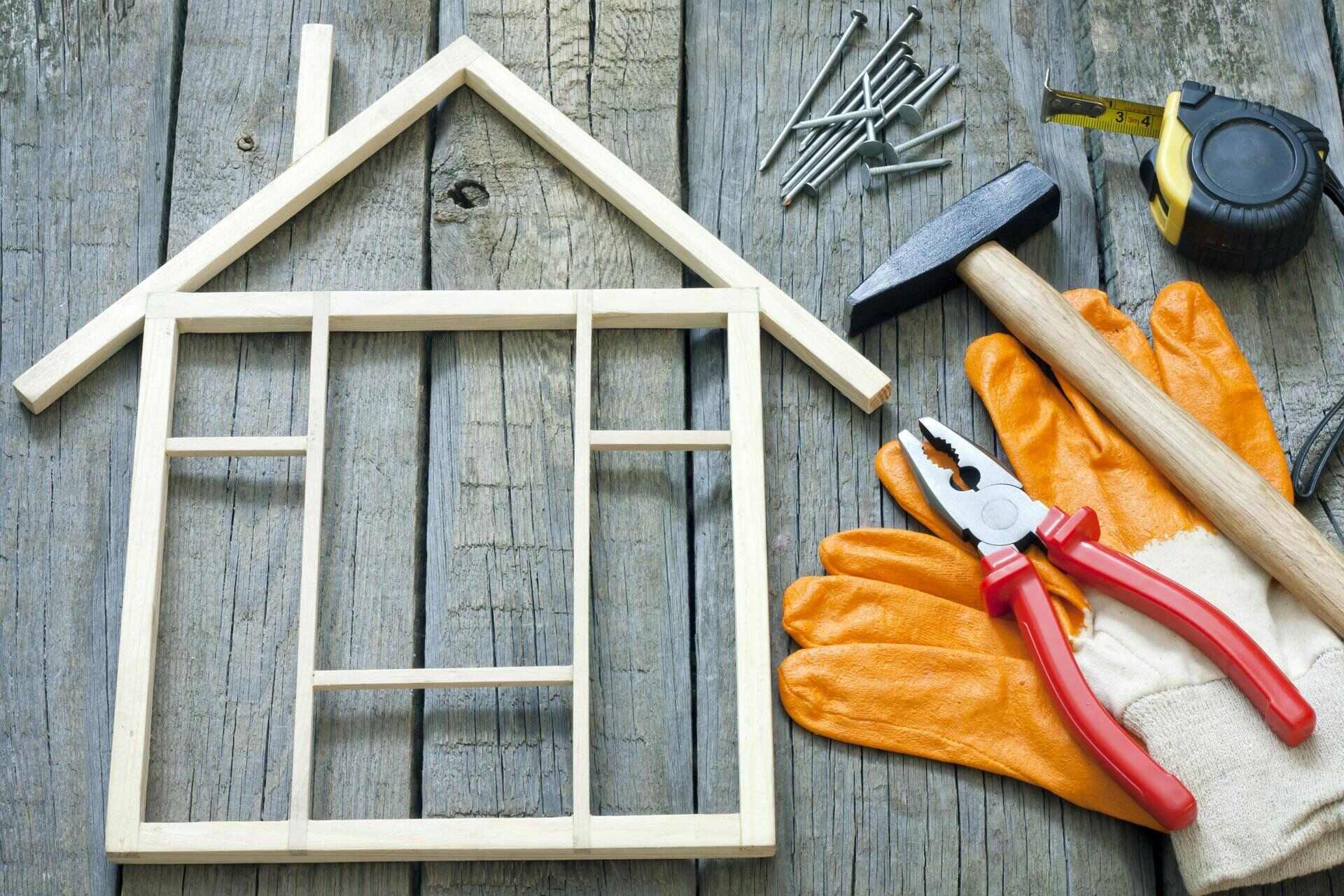



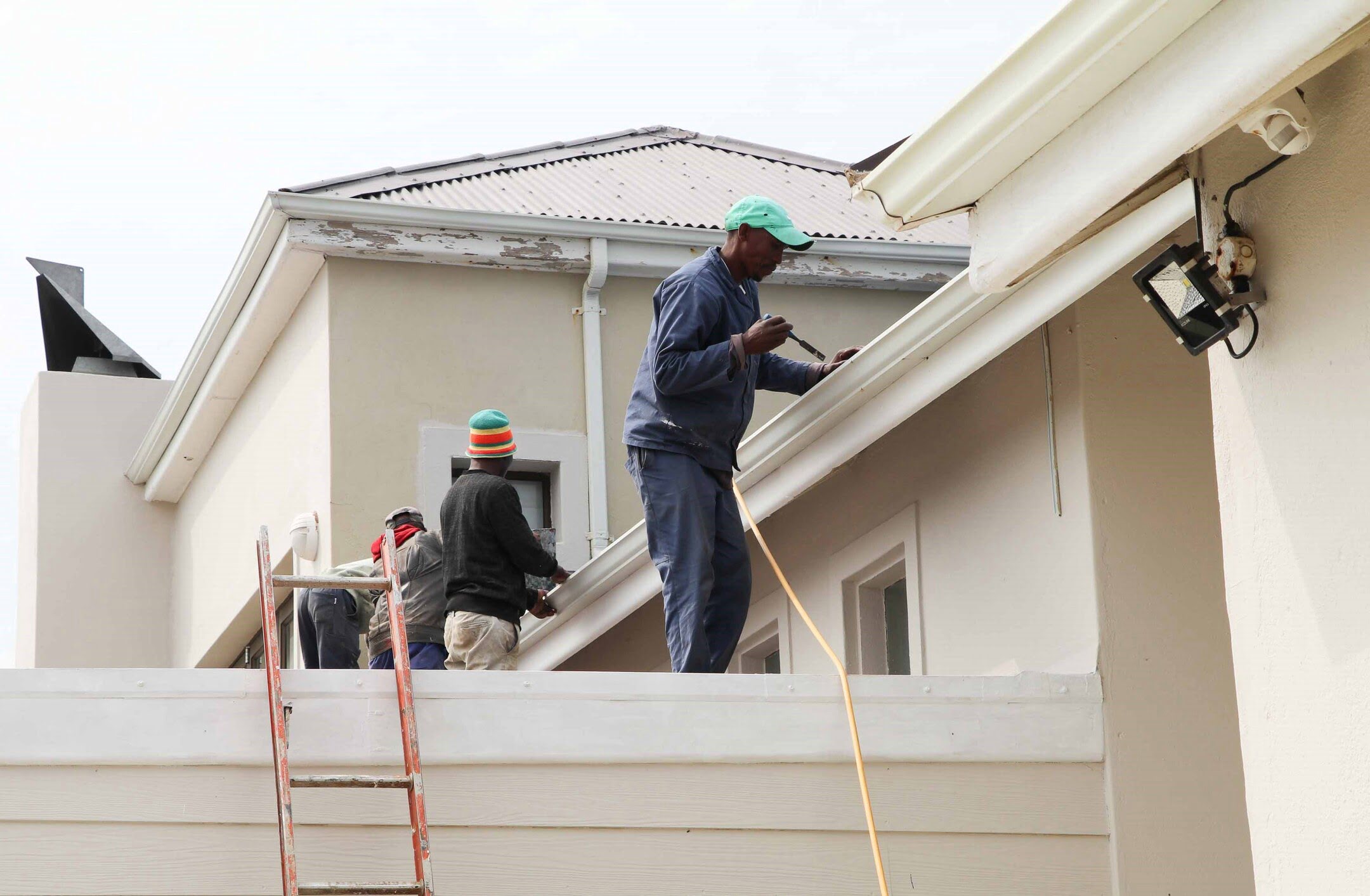

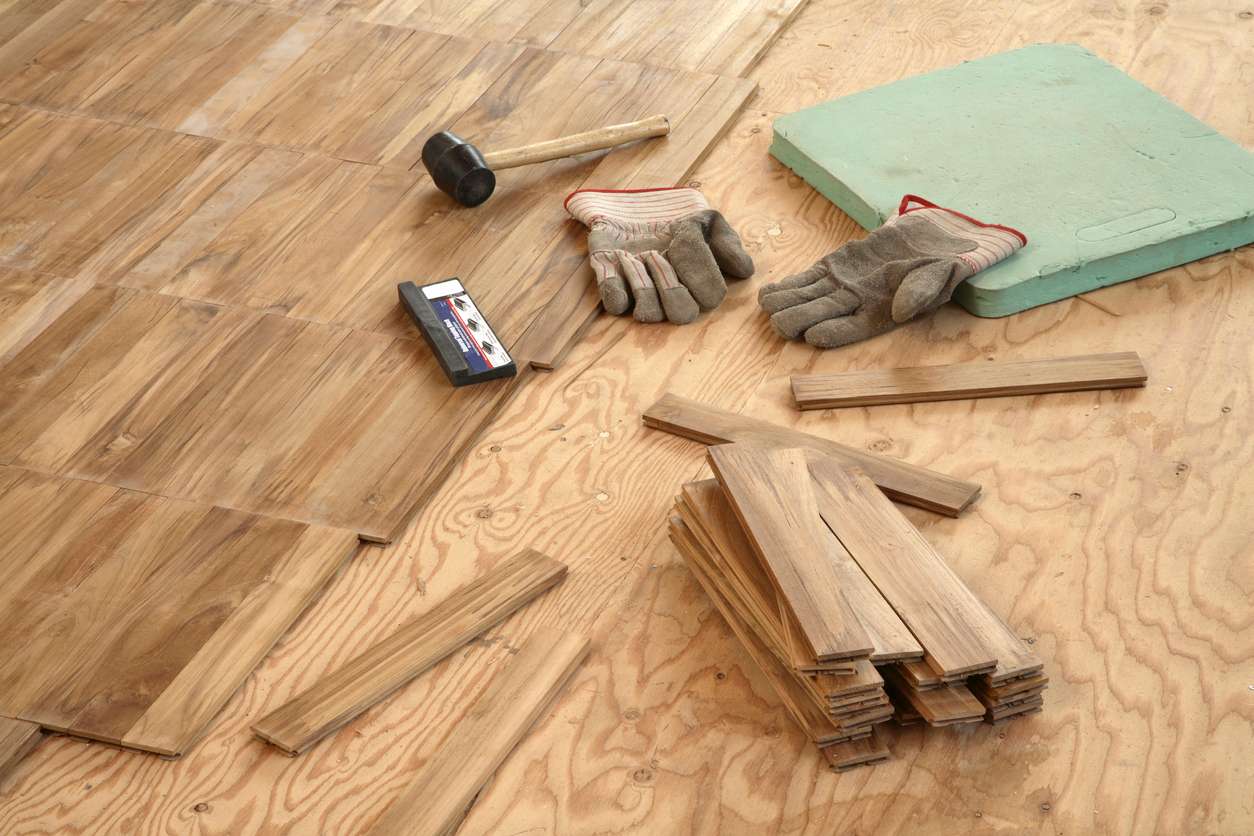
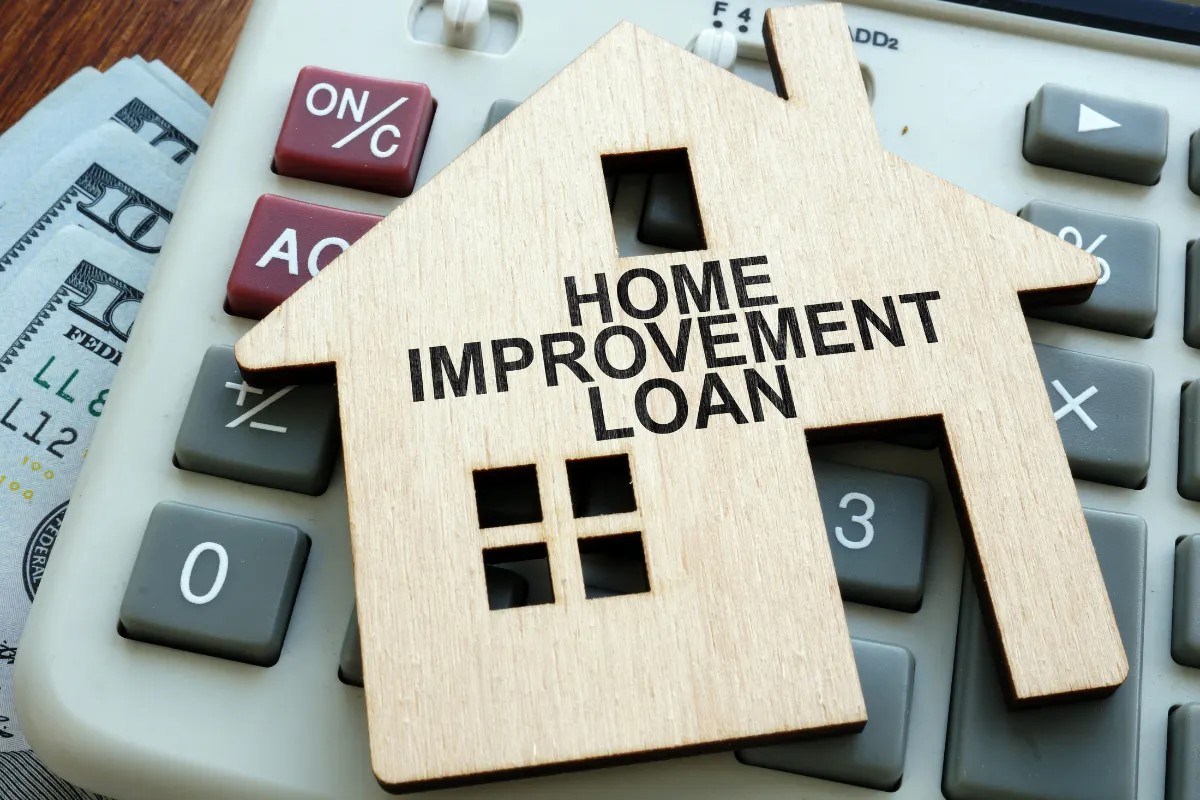

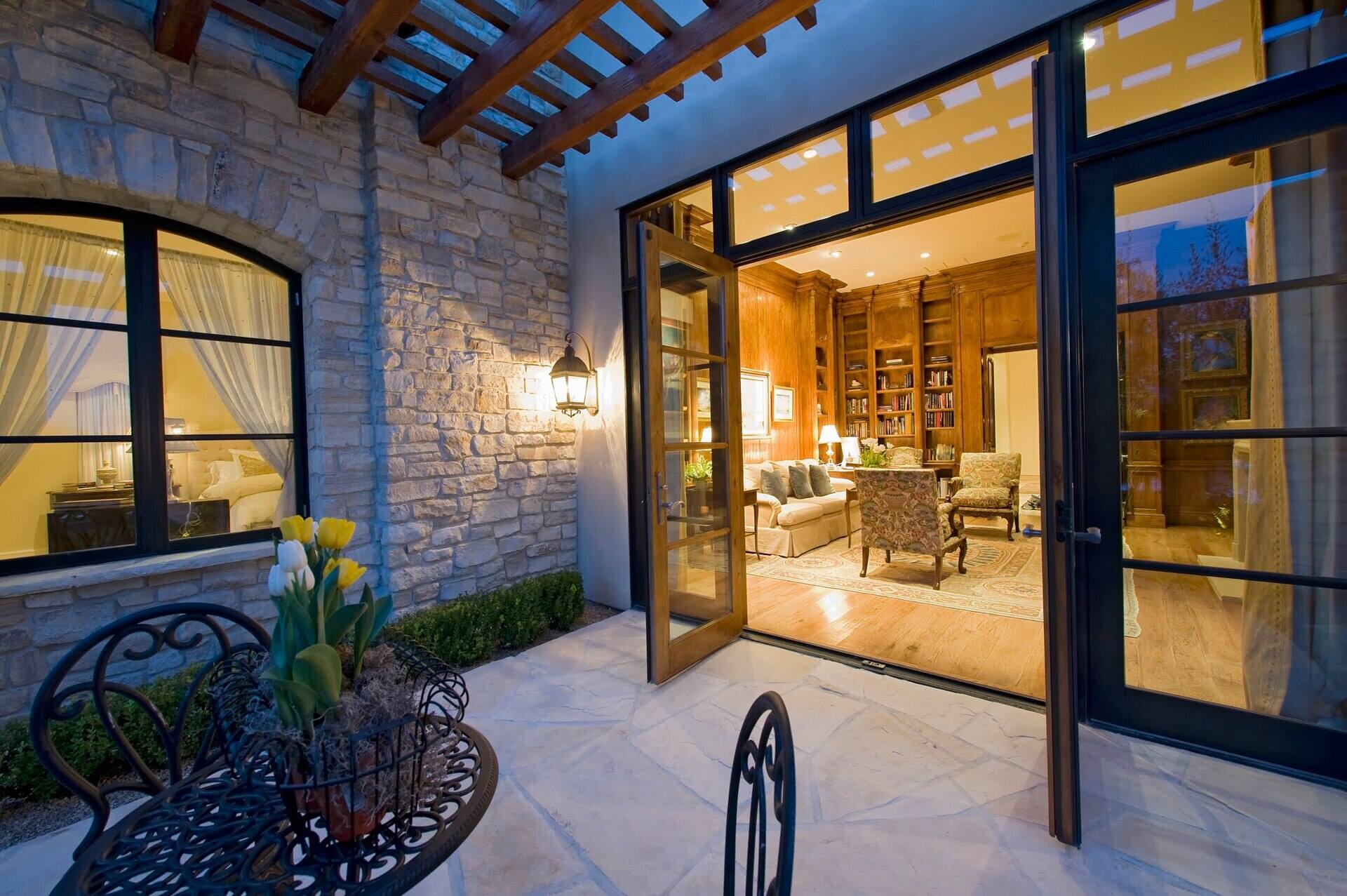




0 thoughts on “How Many Times A Year Do You Remodel Or Do Home Improvements?”